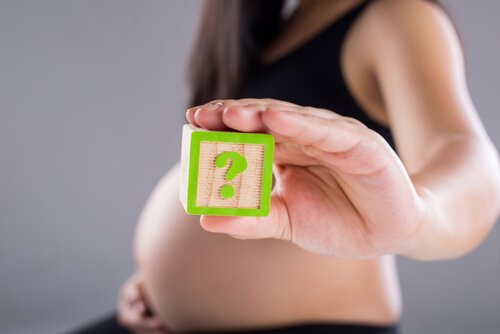How Many C-Sections Can a Woman Have?

Most women don’t know exactly how many C-sections are safe to have, or if it’s a safe way to have a baby. There are even those who believe that having more than two C-sections places mothers at high risk.
Others say that it’s safe to have up to three. Just the same, there are specialists who say that women can give birth naturally after having three C-section births. However, when it comes down to it, this isn’t very easy.
How many C-sections are safe for a woman to have?
In response to this question, most doctors recommend that mothers not go through this procedure more than 3 times. Of course, each case is different, and it all depends on the mother’s health at the time of surgery.

How often is it safe to give birth via C-section?
The next question is: How often can a woman have a C-section? Statistics indicate that once a woman has already undergone two C-sections, the risk of encountering complications quadruples.
What are the risks involved in C-sections
Besides knowing how many C-sections are safe to have, and how often, it’s also important to be aware of the risks. In general, the risks associated with C-section births are the following: adhesions and uterine rupture.
Adhesions are the strong internal bonds that form when the body heals after surgery, such as C-section. As the scar tissue forms, it often comes into contact with other organs that are located near the uterus. These include the uterus, intestine, omentum and bladder.
After each C-section, a new scar with unique characteristics and effects forms. First, the uterine wall weakens and, at the same time, the possibility of adherences arises.
The presence of adherences implies a greater risk in the scar tissue from a C-section and the fact that these can rupture.
Adherences can cause fertility issues, as they can make it difficult for the Fallopian tubes to do their job. They can also cause pain, given that they impede the movement of certain internal organs.
Secondary uterine ruptures and the ruptures of the amniotic sac are the most serious and dangerous consequences for both mother and baby.
Is it possible to have vaginal childbirth after a C-section?
Many doubts and controversies exist around this question. Vaginal birth is a completely normal and natural act. However, many mothers wonder if they can give birth naturally once they’ve already had a C-section. In general, there’s no genetic reason against it.
It’s worth pointing out that many OB/GYNs approve C-sections even when a mother has already had three.
Whatever the case may be, it’s always best for women to seek the advice of a gynecologist. Ask your doctor how many C-sections you can have and how often, etc. Make sure to mention any doubts you may have so that you and your doctor can decide what’s best for you.

“Giving birth and being born brings us into the essence of creation, where the human spirit is courageous and bold and the body, a miracle of wisdom”
–Harriette Hartigan–
General recommendations for all mothers
The right thing to do would be to talk to your gynecologist when you’re planning your next pregnancy. Ask him or her to explain the risks. At the same time, it’s incredibly important that your doctor make it clear how many C-sections you can handle.
Studies have shown that C-sections are a safe procedure that occurs frequently in hospitals. Just the same, it’s important to evaluate each individual’s health and to use common sense.
The final decision is in the hands of the future mother. To make a wise decision, it’s best that she access all the relevant information and not expose herself and her baby to unnecessary danger.
So then, how many C-sections can a woman have? Generally speaking, a healthy woman can have three C-sections.
This text is provided for informational purposes only and does not replace consultation with a professional. If in doubt, consult your specialist.
